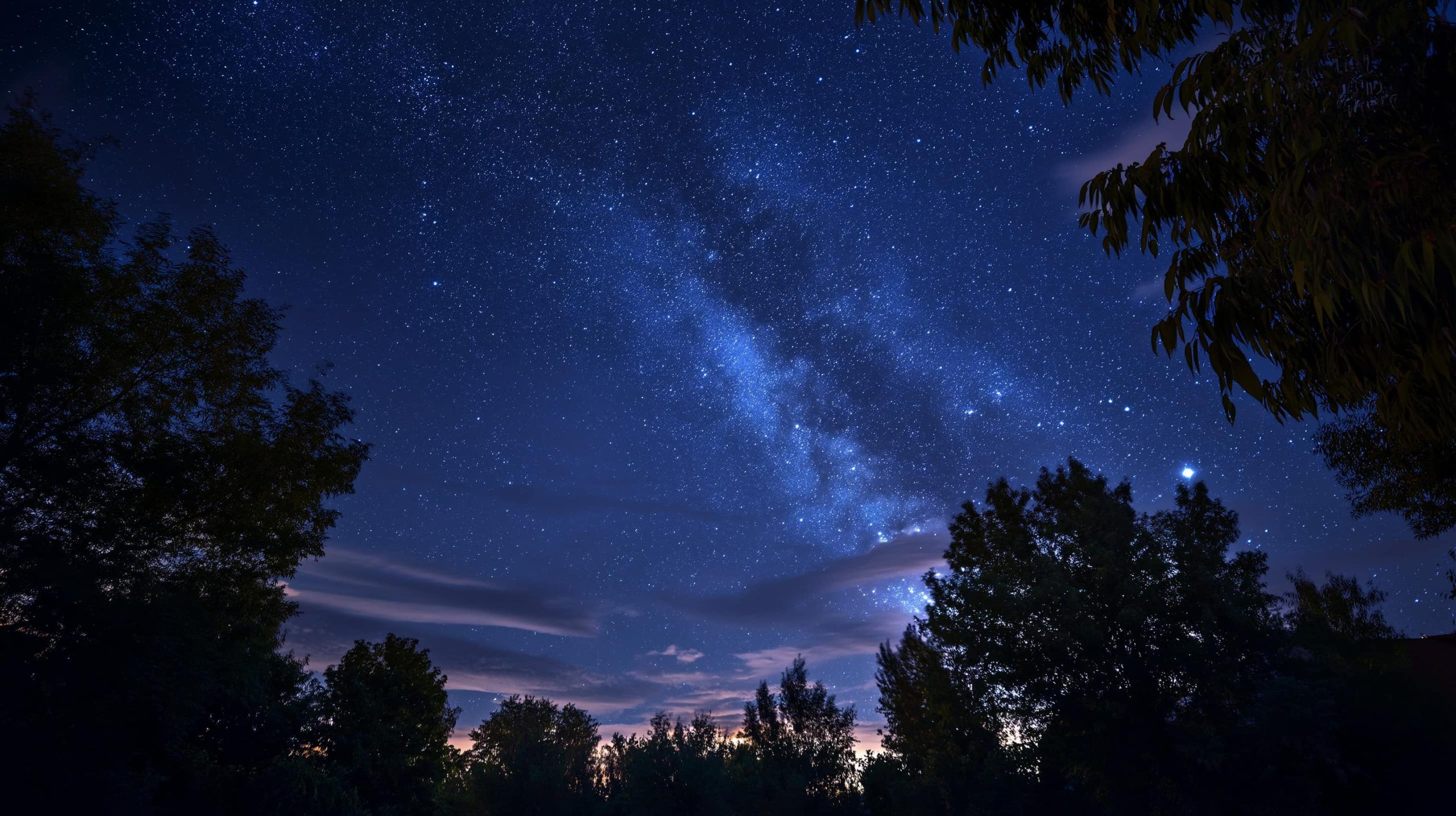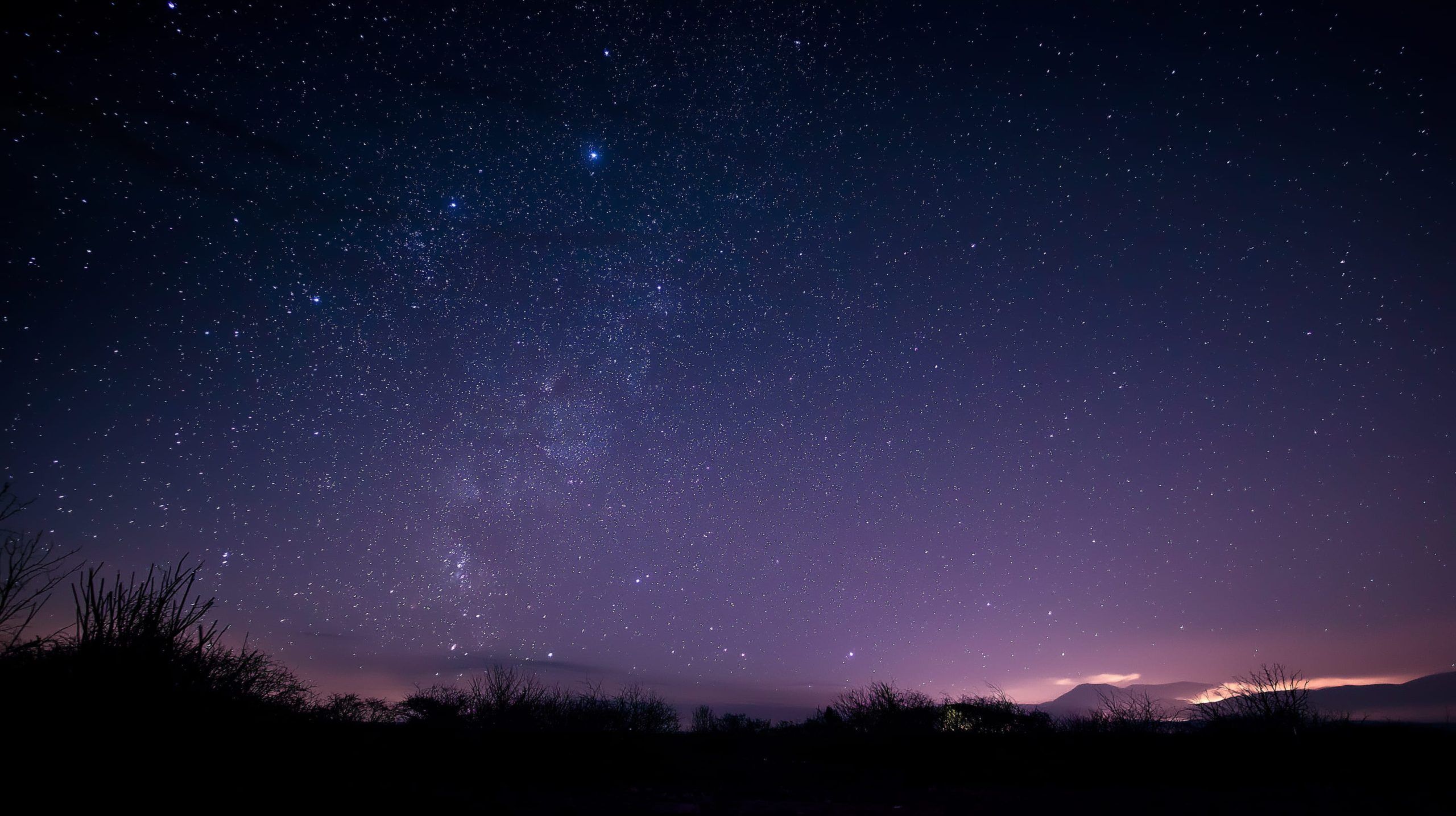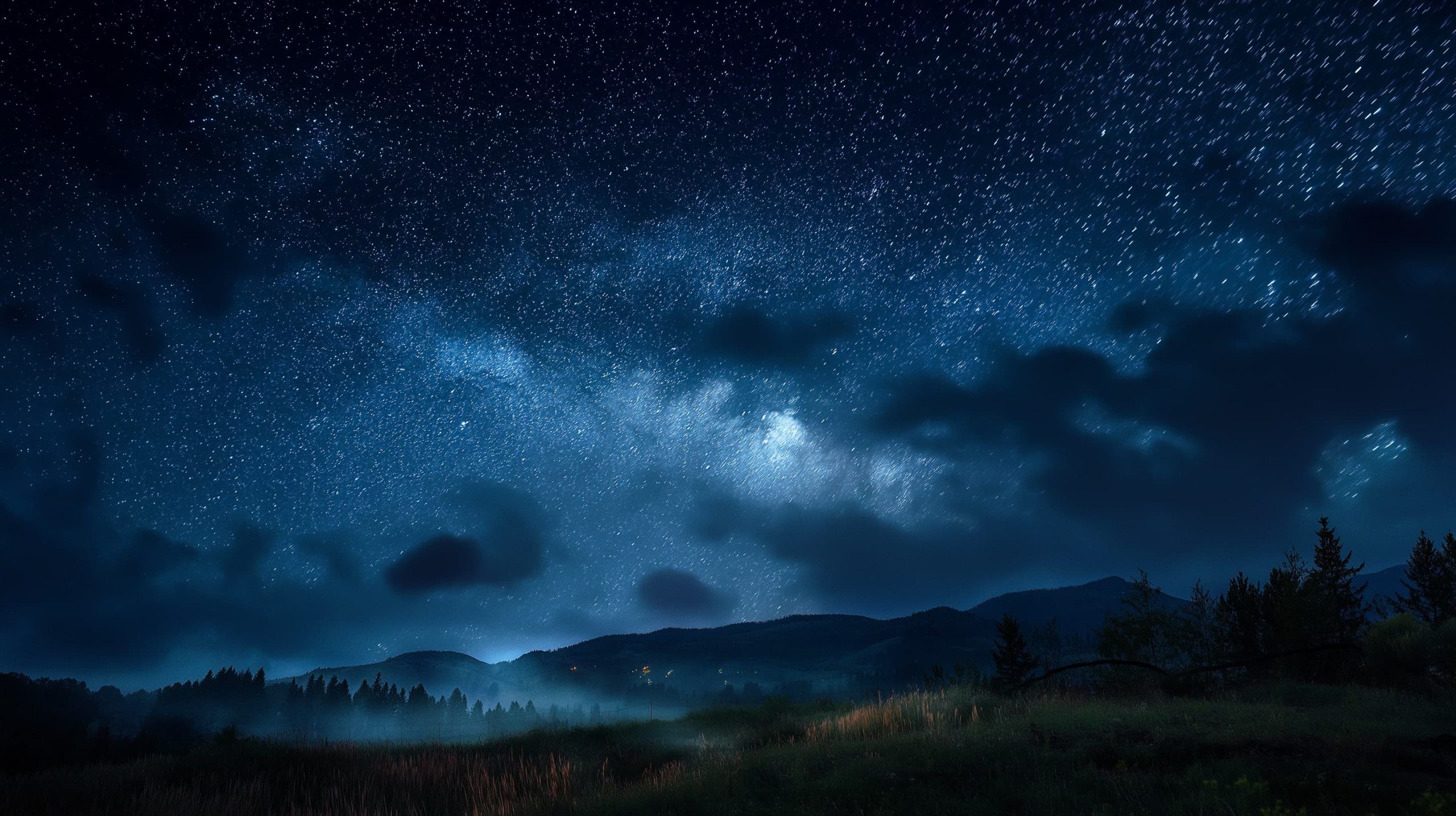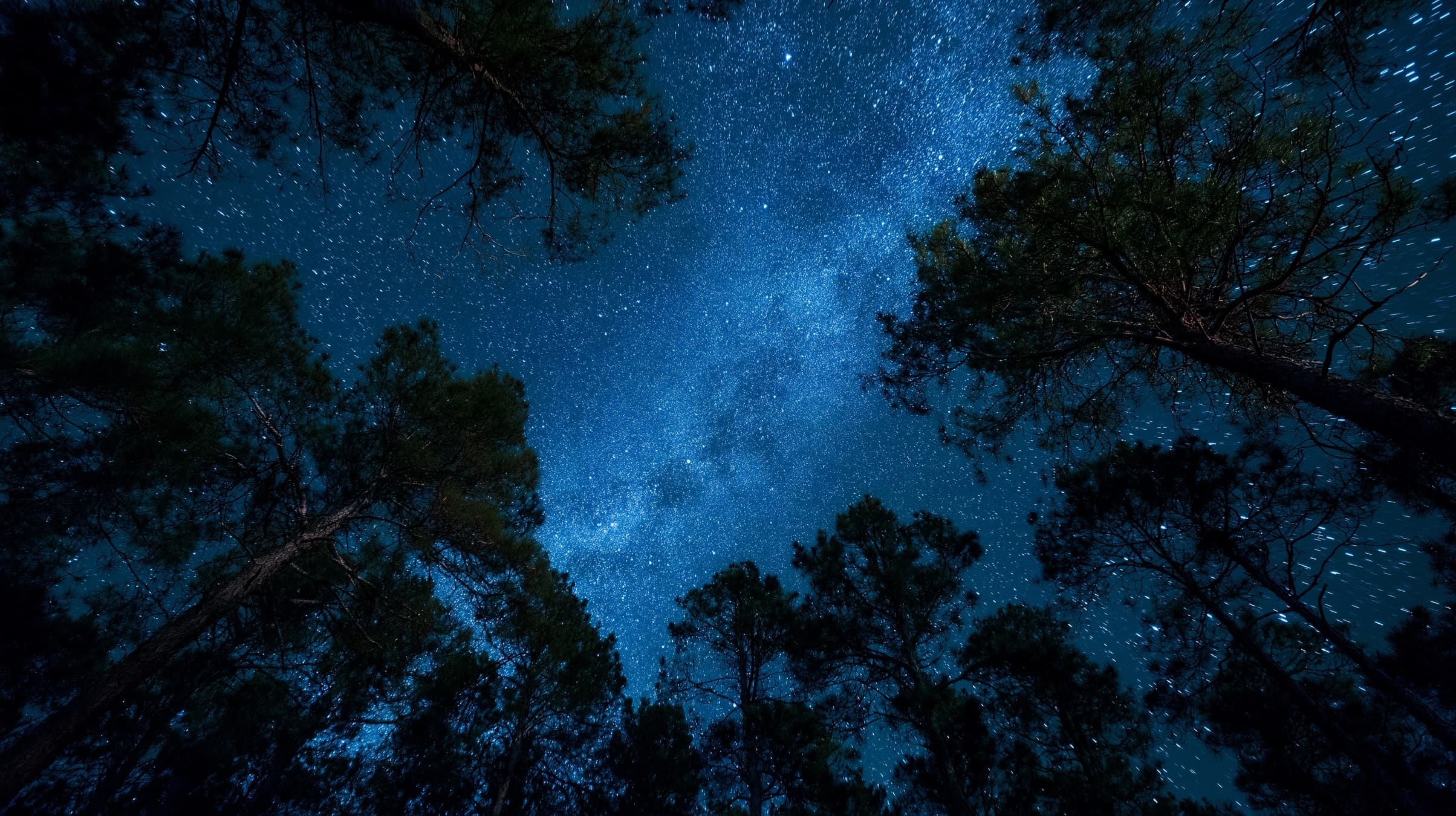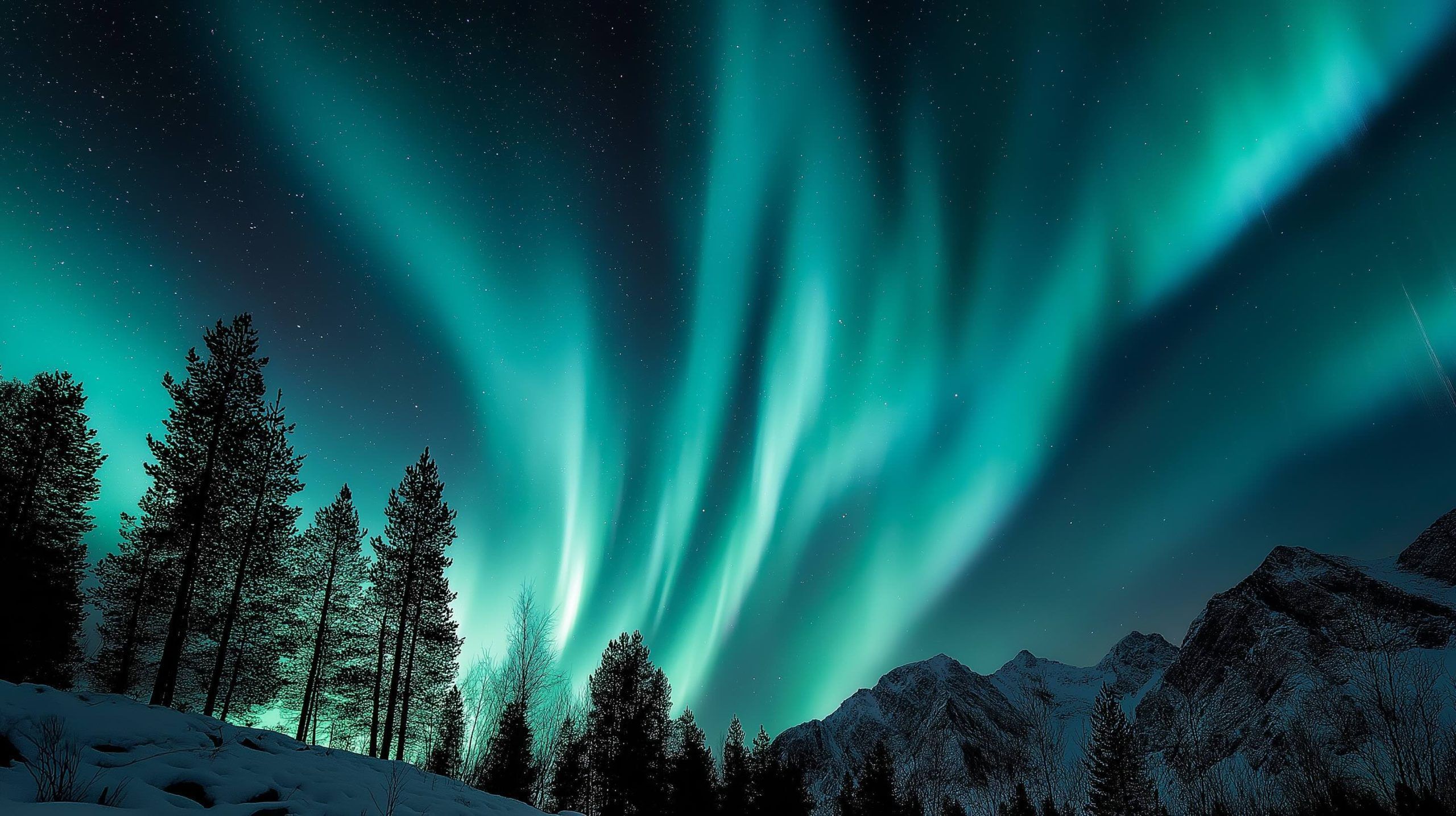
Night Sky Tonight, November 12, 2025: Severe Auroras Possible, Taurid ‘Fireballs,’ and a Close Mercury–Mars Pairing
Updated: Wednesday, November 12, 2025 TL;DR (What to watch tonight) Breaking: Severe geomagnetic storm could supercharge tonight’s auroras The U.S. Space Weather Prediction Center reports G4 (Severe) geomagnetic storm levels were reached at 01:20 UTC on Nov. 12, with storming

